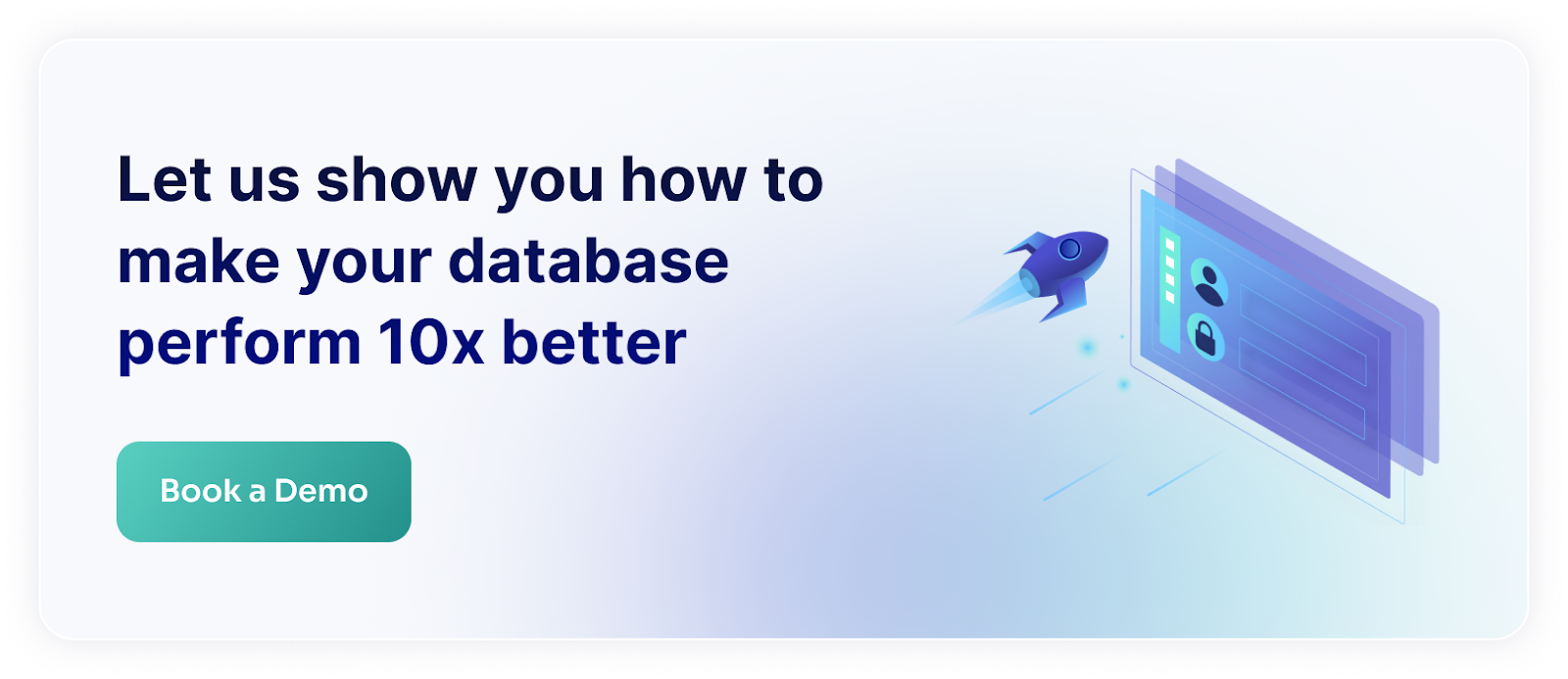Dealing with database issues is something most of us have experienced. Databases can become slow, unreliable, or even crash soon after deployments, impacting business operations and diminishing customer satisfaction. It's no wonder we strive to resolve these issues as quickly as possible.
But what if we could sidestep these problems altogether? Imagine having databases that can self-heal and automatically resolve issues - or better yet, prevent them before they happen. Keep reading to discover how Metis can help your databases remain resilient and automatically address any problems.
Monitoring and Observability
Database monitoring alone isn't sufficient for troubleshooting issues. Overloading developers with endless data points and complex charts doesn't help solve the underlying problems. The challenge with data is that it doesn't reveal solutions. We may notice spikes in CPU usage or reduced memory availability, but it doesn't tell us what caused these issues or how to resolve them.
What we truly need is observability. This means transforming metrics into actionable insights and correlations. It's not enough to just know CPU usage metrics; we need to understand what was recently deployed, what changes were made, which queries were impacted, how the database configuration was altered, and many other relevant details. We need these pieces of information presented in a unified way that allows us to diagnose problems more effectively.
Metis delivers exactly that. It integrates seamlessly with your CI/CD pipelines and evaluates performance. Metis can analyze schema migrations, configuration adjustments, extensions, and deployments, providing a holistic view. This ensures you can see all relevant factors together and focus on what truly matters across your ecosystem.
Replace Data Points with Solutions
Collecting data points and facts is only the beginning. The next step is transforming these data points into a cohesive narrative that explains the root causes of issues. Is high CPU usage due to an inefficient extension? Recent code changes? Or perhaps it’s the result of a shift in data distribution impacting the application? There are many potential reasons for system overload.
To achieve this, we need a deep understanding of how databases function. We require systems capable of interpreting database internals and drawing insightful conclusions. This includes evaluating query execution plans, analyzing statistics, understanding index structures, and assessing routine database operations. All of this should be processed automatically and presented in a way that empowers developers to take immediate action.
Metis addresses all these needs. With its advanced reasoning module, Metis constructs a complete view of the database ecosystem and all surrounding activities. This includes:
- Analyzing changes made by developers within their environments, CI/CD pipelines, and during deployments
- Capturing configurations, extensions, schemas, statistics, and schedules of routine database tasks
- Detecting anomalies in infrastructure, operating system, and database metrics
- Pinpointing changes in query execution and their origins
By covering these aspects, Metis can reason through the changes and provide explanations for issues and their solutions. For instance, it can identify that a CPU spike occurred because a code change last week led to a query no longer using an index. The recommended fix? Drop the old index and create a new one. Metis provides developers with actionable solutions they can implement right away.
Fix Issues Automatically
Once solutions are identified, there's no reason to rely on manual steps. Just like with CI/CD, the goal is to automate as much as possible to minimize the risk of errors and system failures. Manual processes are prone to mistakes, so automating them helps to eliminate potential issues and boost performance.
Metis provides developers with these capabilities. With its comprehensive understanding of database activity and changes across the ecosystem, Metis can recommend and even apply improvements automatically or semi-automatically. This includes suggesting code enhancements, configuration updates, submitting pull requests with fixes, or performing automatic optimizations. Developers simply need to review and approve these changes for issues to be resolved or prevented entirely. This automation streamlines the troubleshooting process and enables databases to self-heal effectively.
Use Metis And Have Your Databases Self-Heal
Moving quickly in production can lead to unexpected issues. Traditional monitoring tools often fall short, overwhelming developers with data points without offering clear solutions.
Metis goes beyond simple monitoring by turning data points into detailed narratives, providing actionable solutions, and even automating fixes. When problems arise, Metis can resolve them without waiting for developer intervention. This transforms databases into self-healing systems capable of withstanding unexpected situations and adapting to changes in their environment.







